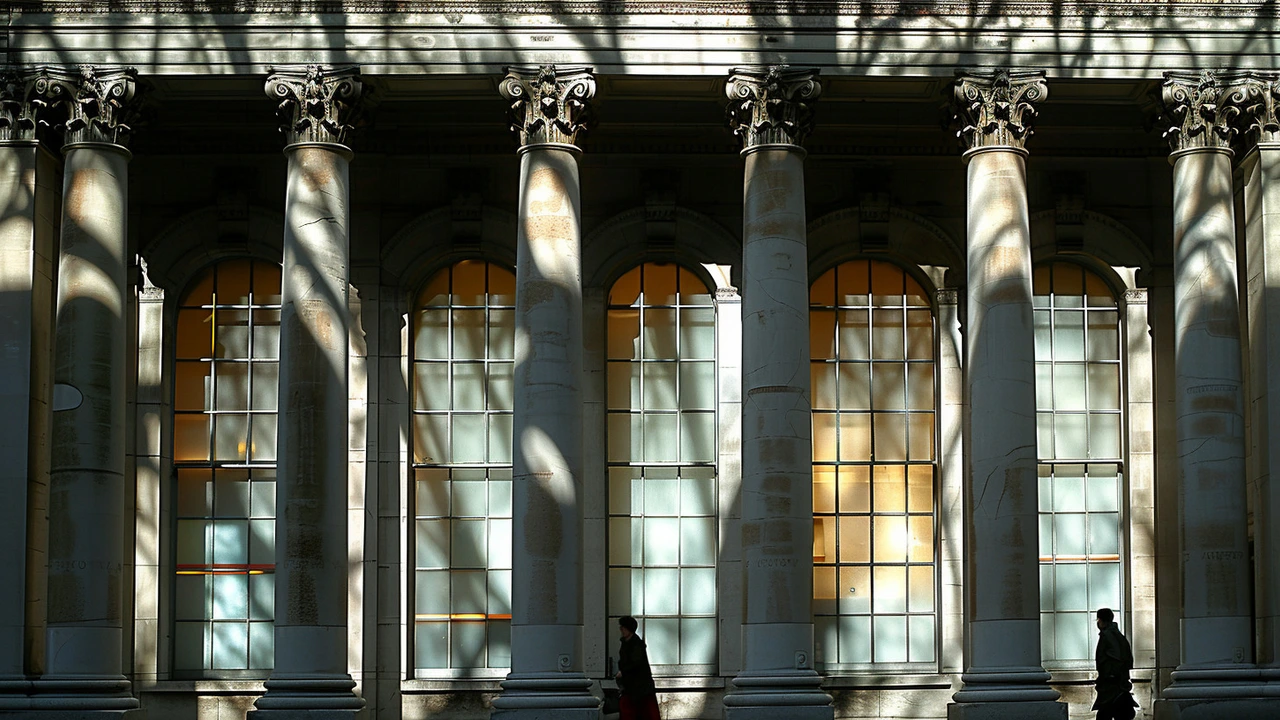Bank of England News You Need to Know
If you keep an eye on your savings or mortgage, the Bank of England (BoE) is a name that pops up a lot. It’s the UK’s central bank, and its moves can change how much you pay for a loan or earn from a deposit. This page pulls together the newest stories, analysis and practical tips so you understand what’s happening and why it matters to you.
Why the BoE Matters Today
The BoE sets the official Bank Rate – the interest rate that banks use as a base for most loans. When the rate goes up, borrowing gets more expensive and saving becomes a little more rewarding. When it drops, mortgages and credit cards tend to get cheaper but savers see lower returns. The bank also controls inflation by buying or selling government bonds and adjusting how much money is in circulation.
Recent meetings have focused on keeping inflation close to the 2% target while balancing growth concerns. A higher rate can curb price rises, but it can also slow down businesses that need cheap credit. That tug‑of‑war shows up in headlines about house prices, car loans and even grocery bills.
What the Latest Decisions Mean for You
In the most recent policy announcement, the BoE nudged rates by 0.25 percentage points. For a homeowner with a variable mortgage, that could add roughly £15‑£20 to your monthly payment on a £200,000 loan. On the flip side, a fixed‑term saver might see an extra £5‑£10 in interest each year.
For investors, the bank’s outlook influences stock market sentiment. A hawkish tone – meaning the BoE is likely to raise rates – can push equities lower as borrowing costs rise. A dovish stance – hinting at lower or steady rates – often lifts markets because cheap money fuels growth.
Small business owners should watch the Bank’s “quantitative easing” plans. If the BoE reduces its bond‑buying program, lenders may tighten credit standards, making it harder to get a loan for expansion.
Overall, stay tuned to the next BoE press conference. The bank publishes minutes that reveal how policymakers view the economy, and those clues can help you plan your finances better. Whether you’re budgeting for a new car or thinking about a long‑term investment, understanding the Bank of England’s moves gives you a leg up.
Got questions about how a rate change will hit your specific situation? Drop a comment below – we’ll break it down in plain language so you can make smarter money choices.

Bank of England Maintains 5.25% Interest Rate Amid Pre-Election Uncertainty
Ahead of the UK's July 4 election, the Bank of England has kept its main interest rate at a 16-year high of 5.25%. Despite hitting the inflation target of 2%, the decision was driven by the need for sustained low inflation and current economic indicators. This comes as markets predict a future rate cut and the political landscape remains turbulent.




